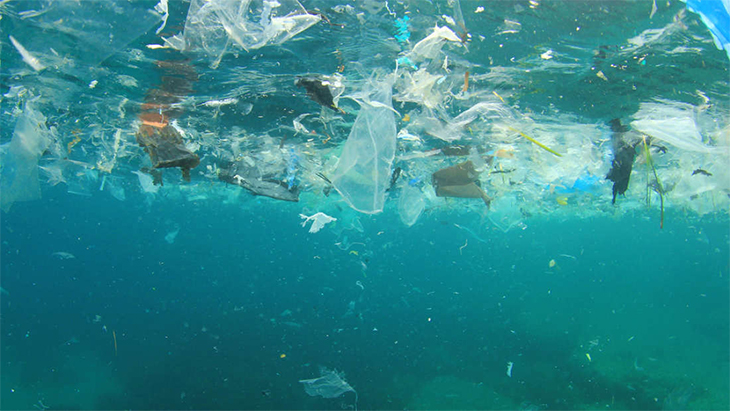By: Jonathan O’Callaghan/IFL Science Scientists have found a way to get fresh water from salt water using just solar energy. This could be a major breakthrough in desalination techniques.
Currently, salt is removed from water using expensive and power-hungry desalination plants, of which there are 18,000 in 150 countries. This essentially boils salt water, with the steam then being captured and condensed to produce water. A huge amount of heat is needed to boil the water, though – half the cost of a plant comes from the energy requirements.
So this new research, published in Proceedings of the National Academy of Sciences, could be a game changer. It was led by the Center for Nanotechnology Enabled Water Treatment (NEWT) at Rice University in Texas.
“Direct solar desalination could be a game changer for some of the estimated 1 billion people who lack access to clean drinking water,” said Rice scientist and water treatment expert Qilin Li, a corresponding author on the study, in a statement.
“This off-grid technology is capable of providing sufficient clean water for family use in a compact footprint, and it can be scaled up to provide water for larger communities.”
Their technique involves something called membrane distillation. Hot salt water flows along one side of a porous membrane, and cold freshwater flows along the other. The result is that water vapor is drawn from the hot to the cold side. But while the energy costs are less, the continuous use of heat means they are still significant.

NEWT’s direct solar desalination technology. Jeff Fitlow/Rice University
NEWT’s technology, however, is much more effective. It uses engineered nanoparticles, which can convert sunlight into the heat. Adding these to the membrane means that it heats up by itself, so large amounts of energy are not needed to turn the water hot. It’s called “nanophotonics-enabled solar membrane distillation” technology, or NESMD.
In a proof of concept experiment, the team used an NESMD chamber measuring the size of three postage stamps, and a few millimeters thick. They managed to get a water production rate of about 6 liters (1.3 gallons) per meter squared per hour from their set-up.
The eventual idea is that people could order panels based on this technology. The number needed would depend on their daily water demands.
“Depending on the water production rate you need, you could calculate how much membrane area you would need,” said Li. “For example, if you need 20 liters per hour, and the panels produce 6 liters per hour per square meter, you would order a little over 3 square meters of panels.”




